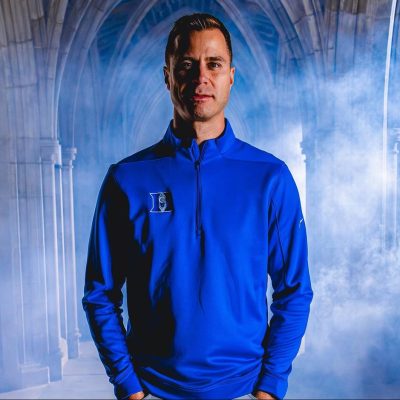Chris Monroe half-jokes that when it comes to work, he needs an “almost unattainable goal.”
That goal, the object of a global race 30 years in the making, is to build a device that’s “radically different from regular computers,” Monroe said.
A professor of electrical and computer engineering and physics and director of the Duke Quantum Center, Monroe and colleagues are leading an effort to engineer the world’s first practical quantum computer.
Classical computers like the ones in our smartphones and laptops encode information in bits, which can be either 0s or 1s. In contrast, a quantum computer works with quantum bits, or qubits, which can represent a 0, a 1, or both at the same time.
This enables quantum computers to solve certain problems significantly faster than classical computers, such as making or breaking codes, predicting financial markets, or developing new drugs.
With just 100 qubits, you could process more possibilities than there are bits in all the hard drives in the world.
There are many ways to make qubits. While other initiatives use circuits or superconducting currents, Monroe and Duke’s Jungsang Kim are betting that individual atoms — floating in a vacuum and prodded with lasers — will ultimately make quantum computers into practical everyday tools.
They are building quantum computers based on atom-trapping technology at the Duke Quantum Center in downtown Durham, for researchers to use on challenges ranging from modeling complex molecules to forecasting climate change.
“The one quality I see at Duke that is unique is the ability of this whole campus to rally around a singular idea and really go after it,” Monroe told Duke Engineering in 2021.
“We won’t only propel Duke to the top of quantum computer science and technology, we will do it in a way that nobody else is doing.”



